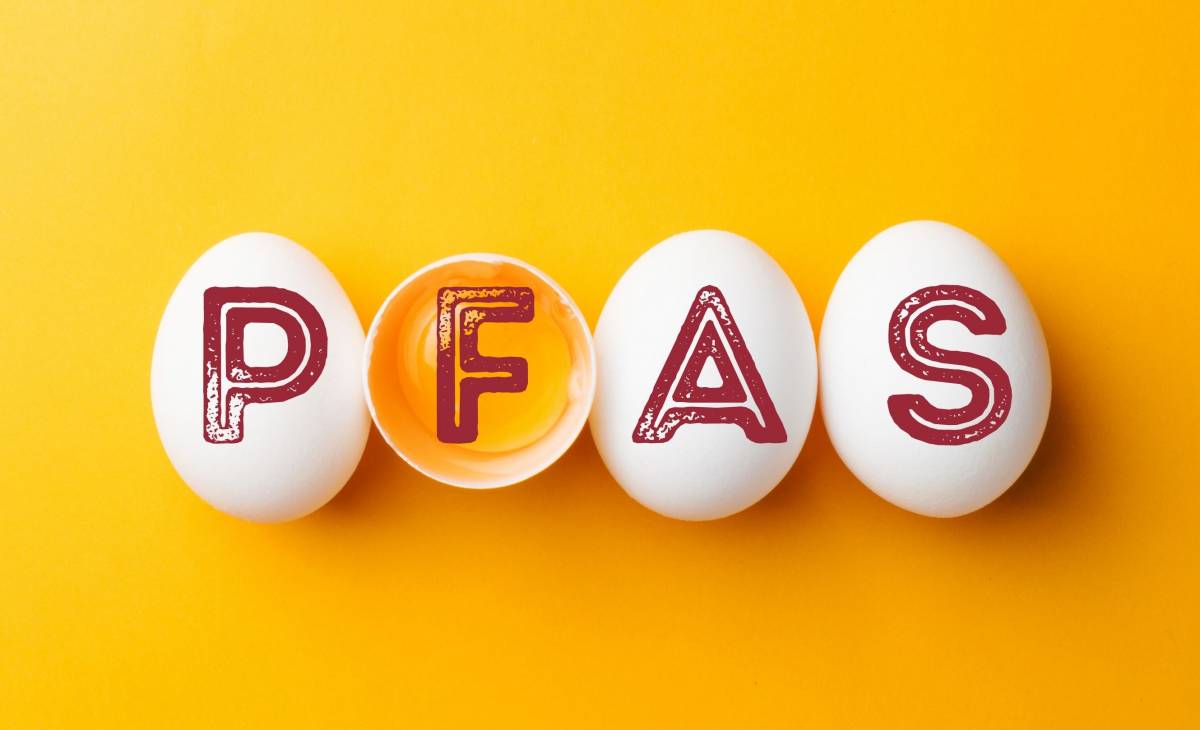Alarming PFAS contamination in North-East Italy
One of most likely largest PFAS contamination in the world, both in terms of geographical area and the number of people affected involved the North-East Italy, more precisely the provinces of Vicenza, Verona, and Padua (Veneto region).
Greenpeace and a local organization released data on food samples collected in the area of maximum health exposure (red zone) in September, which they acquired following a court fight with the Veneto region. The Istituto Superiore di Sanità examined almost 1 200 samples of food collected in the red zone in 2017, evenly split between plants and animals. Until now, just a portion of the findings of this investigation had been made public. Chicken eggs (up to 37 600 ng/Kg), pig liver (up to 36 800 ng/Kg), and carp (up to 18 600 ng/Kg) are the items that have absorbed the greatest dosages of contaminated among those tested, according to the data given. The data provided by the two organizations identify the samples that were found to be contaminated for at least one of the 12 molecules examined, as well as the towns where they were gathered.
The data confirm that the contamination affected many types of food still produced in the area, however the picture is not exhaustive. The criteria used are unclear and unsystematic (e.g. samples choosing). For example, as regards a very important production in the area, such as that of radicchio, only one sample was considered. Other matrices rich in water and important in the area's economy are completely absent (e.g. melon and watermelon). The criterion for choosing the sampling areas is not known.
Another important point are the chemicals that were examined and taken into account for the different research. The PFAS family of molecules (perfluoroalkyls) currently numbers over 4 700, are very durable, and are employed in a variety of industrial processes. These carbon chains connected to fluorine atoms do not occur in nature, and the harm they may do to the body is unknown. The number of compounds studied in this study is just 12, which is already more than the 4 evaluated by the European Food Safety Authority (PFOS, PFOA, PFNA, and PFHXS). It is important to highlight that the same Authority lowered the acceptable weekly consumption level for these chemical compounds by four times in February, bringing it down to 4.4 ng/Kg of body weight.
This is a complex topic, what is clear is that relatively few steps have been made so far. The interventions are limited to drinking water in the red zone, for which filtration systems have been installed, and the ban of consuming the catch, which is always in the red zone. Farmers in the region have received no warnings of any sort, and no evaluations of the spread of possibly contaminated goods have been done.
Sources:
https://www.mammenopfas.org/pfas/pfas-negli-alimenti
https://bur.regione.veneto.it/BurvServices/Pubblica/DettaglioDgr.aspx?id=370611





















